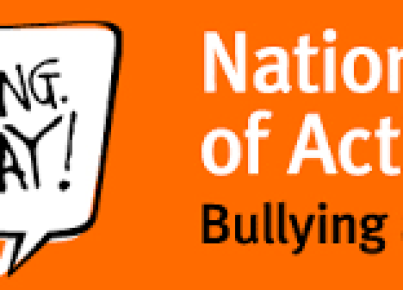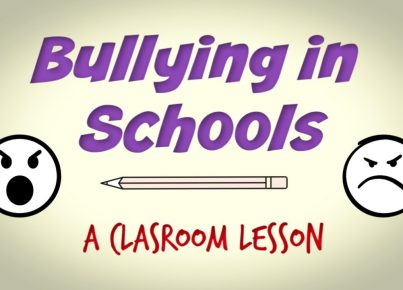Friendship and positive social interactions are fundamental aspects of a healthy learning environment. Teaching friendship in the classroom is vital, as it not only contributes to a positive school experience but also deters the prevalence of bullying. By creating an atmosphere that promotes understanding, inclusiveness, and empathy, educators can help banish bullying behaviors and cultivate a supportive community within their classrooms.
Understanding Friendship in the Classroom Setting:
Children’s concepts of friendship start developing at an early age. In school, friendships are often formed over shared interests and common ground found during play, projects, and collaborative work. Teachers play a pivotal role by offering opportunities for these connections through group activities and classroom discussions about the values of friendship – trust, mutual respect, and kindness.
Educators can integrate teachings on friendship into their curriculum through literature that highlights camaraderie or by initiating class projects that require teamwork. Moreover, classroom rules can be established to reinforce respectful communication and cooperative behavior.
Banishing Bullying Through Proactive Measures:
Bullying is a significant concern in schools worldwide. It can have devastating effects on victims, ranging from decreased self-esteem to serious mental health issues. Proactive measures against bullying involve clear policies, a firm stance against any form of harassment, and consistent enforcement of those rules.
Teachers must be equipped to identify signs of bullying – changes in student behavior, reluctance to participate in class or social activities, and unexplained injuries or lost possessions can be indicators. Anti-bullying programs that include role-playing exercises can empower both victims and bystanders to take appropriate action when they witness bullying behavior.
Promoting an Inclusive Classroom Environment:
Diversity and inclusion should be celebrated within the classroom setting. Lessons on cultural awareness and sensitivity help students appreciate differences and discourage exclusionary practices that could lead to bullying. A classroom environment that respects diversity encourages students to become more accepting peers.
Activities like ‘friendship buddies’, where students are paired with classmates they don’t regularly interact with or ‘circle time’ dedicated to sharing experiences can help build inclusivity. These strategies not only teach friendship but also ensure that every student feels they belong to the school community.
Empathy as a Tool Against Bullying:
Teaching empathy is perhaps one of the most effective methods for banishing bullying. When students learn to understand and share the feelings of another, they become less likely to hurt others intentionally. Activities that promote empathy include discussing scenarios from different perspectives or engaging in community service projects.
Teachers must model empathetic behavior through daily interactions with students. When educators express genuine care and concern for each student’s wellbeing, they set an example for how students should treat one another.
Conclusion:
Cultivating friendship and banishing bullying in the classroom are intertwined objectives that educators must prioritize for the welfare of their students. By fostering an environment where friendship can flourish through teaching empathy, promoting inclusivity, facilitating cooperation, and implementing proactive measures against bullying – we equip our children with not just knowledge but also valuable life skills that extend well beyond the school gates into society at large.





